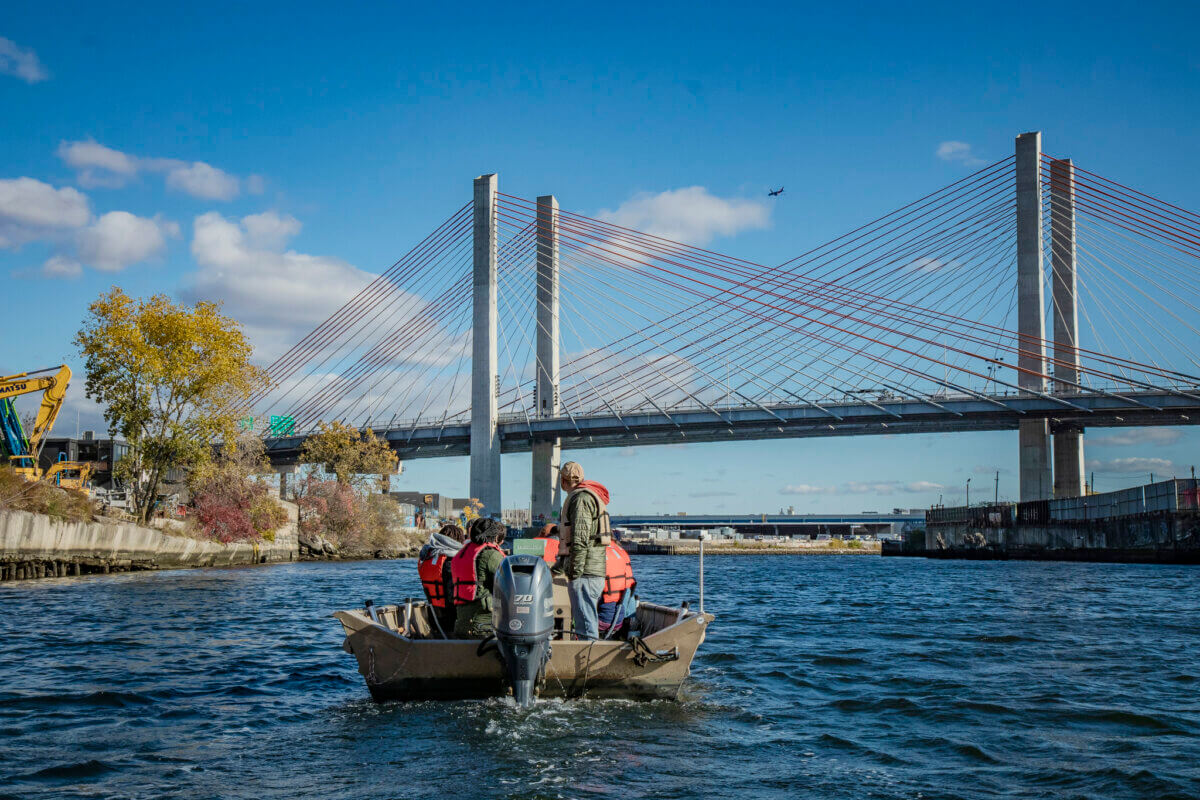Almost a half-century after the historic Greenpoint Oil Spill, the Newtown Creek is still recovering.
Photo courtesy of Caroll Andrewsk for the Office of the Public Advocate
Newtown Creek is known among local residents and environmentalists as being one of the most polluted ecological sites in the continental U.S. The creek, runs for roughly 3.5 miles between Greenpoint and Long Island City, Queens, is one of the heaviest-used commercial bodies of water in the country. Industrial refineries line the bank of the creek and are responsible for managing recycled waste, sewage and — in the case of the 110 acre National Grid facility — volatile liquefied natural gas.
It seems that since the dawn of industrialization in the region, the creek has been subject to intense and repeated contamination. One of the oldest refineries in the area, the Peter van Iderstine Plant, which began operations in 1855, was particularly infamous as it processed animal scraps (and once an eight-ton elephant) into feed, fertilizer and glue and gave the area a distinct aroma. It was eventually shuttered in 1977.
However, perhaps the most famous contamination incident remains the 1978 Greenpoint Oil Spill, which saw between 17 and 30 million gallons of oil and petroleum products leech into the water and soil in. The spill was approximately three times the size of the Exxon-Valdez oil spill.
‘Our communities are still recovering’
On Tuesday, New York City Public Advocate Jumaane Williams participated in a boat tour of Newtown Creek with members of advocacy group Newtown Creek Alliance to learn more about the historic waterway and how it is faring after the spill.
“45 years ago, one of the largest oil spills in U.S. history devastated Newtown Creek” said Williams. “Our communities are still recovering.”
The spill was noticed by chance in 1978 when a U.S. Coast Guard helicopter spotted a plume of oil flowing into the creek. A 2007 U.S. Environmental…
Read the full article here

Leave a Reply